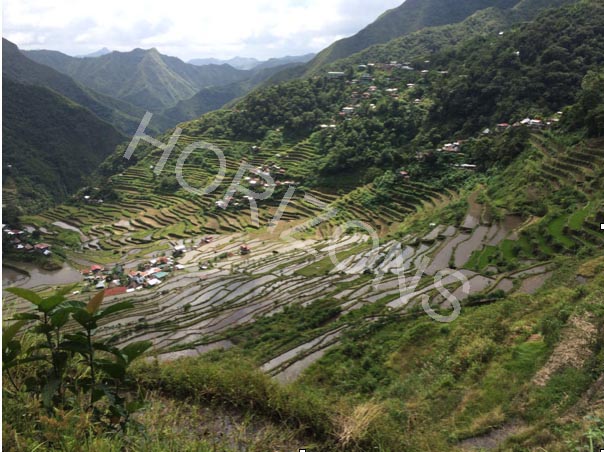
Since 2002 FAO has developed a world program for the protection of rural landscapes, called GIAHS. These are areas preserving traditional agricultural systems, but also ensuring food production, biodiversity and quality of life of the local population. For now these landscapes are mainly distributed in Asia and South America, but FAO is developing agreements to extend the program to Europe. In respect to UNESCO Cultural Landscapes, mostly focusing on cultural values, FAO is interested mainly in the local populations and their traditional practices. The objective is to counter balance tendencies favoring the industrialization of agriculure and abandonment, maintaining a good balance between production and biodiversity. We must remember that together with the climate challange the food challange is crucial for the survival of the population of the world and we must look for good example of sustainable agriculture. The production of food has to increase by 70% in the next 50 years, according to FAO, to sustain the rapid growth of the wotld population. Europe is not very sustainable in this respect, considering the amount of food imported and the rate of abandoned land followed by regrowth of vegetation: about 800.000 ha/year. This tendency was recently described in the US press as a positive phenomenon, but there is little to be happy about the disappearance of farmers. This process also contributes to the ecological footprint of Europe, equal to 4.8 ha per capita, compared to a biocapacity of 2,2 ha. The landscapes inscribed in the FAO GIAHS program are also beautiful places, as you can see in this photo taken in the Ifugao rice terraces, in the north of the Luzon island, Philippines, during a visit for the activities of the program. As other landscapes included




